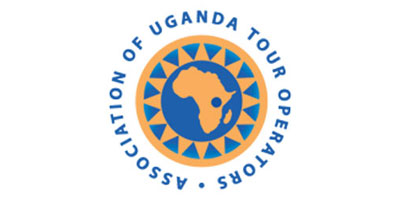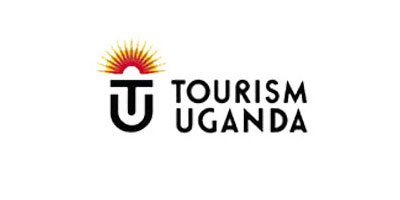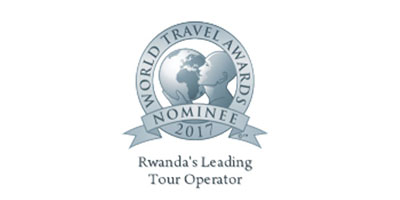Rwanda parks & attractions
Nyungwe Forest National Park

Nyungwe National Park is hailed for its tremendous biodiversity, more so for harbouring so many endemics. It is known to be one of the most endemic species-rich locations in Africa. Nyungwe lies within the Albertine Right Eco-region which has a lot of endemic wildlife and the park has one of the highest concentrations of these endemics.
In a nutshell, the flora composition of Nyungwe includes; 240 tree species, 140 orchids, and 1068 plant types of which 250 plants are Albertine Rift Endemics.
There are 75 species of mammals in Nyungwe including among others Cerval Cat, Golden Cat, Wild Cat, Mongoose, Congo Clawless Otter, Genet, Civet, Duiker, Bushbuck, Hyrax and the Leopards.
Other wildlife includes many species of butterflies of which 40 are endemic to Nyungwe Forest, a small number of snakes because of the high altitude, several lizards and 5 species of chameleon.
The primates in Nyungwe National Park

Nyungwe National Park is simply a primate heaven! Nyungwe has one of the highest concentrations of primates in a single location. The park has 13 species of primates that have been recorded so far. The chimpanzees are the most known primates in Nyungwe. They are also the only great ape in the park (there are no gorillas in Nyungwe). The population of chimps in Nyungwe is about 500.
Other primates in Nyungwe include: the Angolan Colobus monkey, Blue monkey, Vervet monkey, Dent’s monkey, L’Hoest’s monkey, Grey-cheeked Mangabey, Red-tailed monkey, Owl-faced monkey, Olive baboon, Golden monkey, Silver monkey, Bush babies
The birds in Nyungwe National Park
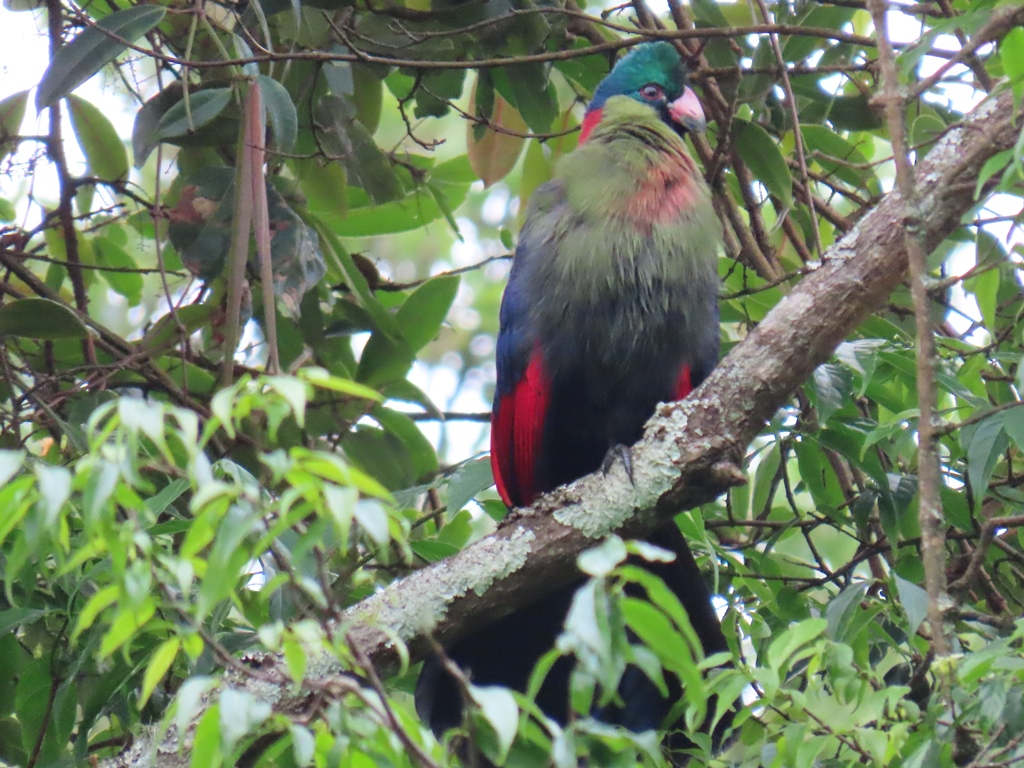
Nyungwe National Park is Rwanda’s top birding destination. The park has about 300 species of birds of which includes a whooping 27 Albertine rift endemics which are the main reason for many birders visiting Nyungwe and Rwanda as well. The Albertine rift endemic birds in Nyungwe include; Handsome Francolin, Ruwenzori Turaco, Albertine Owlet, Ruwenzori Nightjar, Dwarf Honeyguide, Ruwenzori Batis, Stripe-breasted Tit, Grauer’s Warbler, Neumann’s Warbler, Red-faced Woodland Warbler, Grauer’s Swamp Warbler, Rwenzori Apalis, Mountain Masked Apalis, Kungwe Apalis, Red-collared Babbler, Kivu Ground Thrush, Yellow-eyed Black Flycatcher, Archer’s Ground Robin, Red-throated Alethe, Blue-headed Sunbird, Purple-breasted Sunbird, Ruwenzori Double-collared Sunbird, Regal Sunbird, Rockefeller’s Sunbird, Strange Weaver, Dusky Crimsonwing, Shelley’s Crimsonwing
adventure and sightseeing
Things to do in Nyungwe National Park
Wildlife in Volcanoes National Park
Chimpanzee trekking
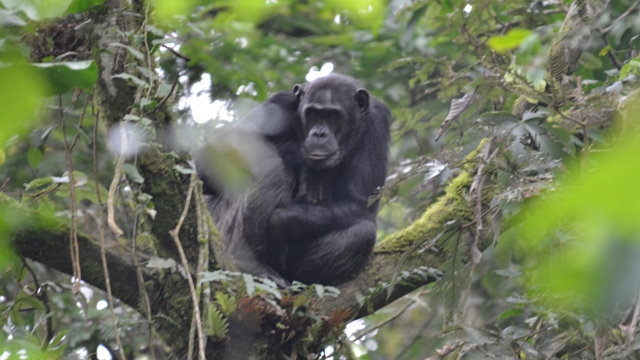
Chimpanzee trekking in Nyungwe is the prime activity in Nyungwe National Park. The park has two groups of habituated chimps and no more than 8 tourists are allowed to track each group, and only one tracking is done each day. That means only 16 chimpanzee trekking permits are issued per day which is limited number, and therefore one should book the permit well in advance.
Canopy walk
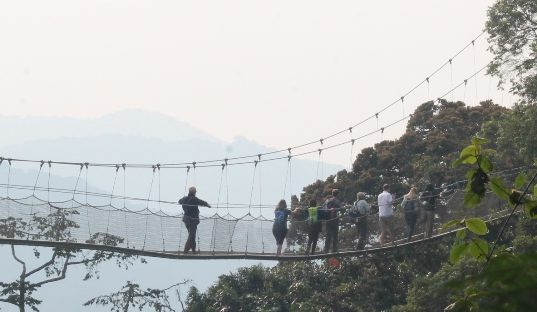
The canopy walk in Nyungwe National Park is one of the must do things in Rwanda. The canopy walkway has become iconic for Nyungwe. The canopy walk offers a chance to walk above the trees and enjoy breathtaking views across the forest. The walkway also offers views into the forest canopy where wildlife such as monkeys and birds live.
Monkey tracking
Groups from three species of monkeys have been habituated for monkey tracking in Nyungwe. These are Colobus monkeys, Blue monkeys and Mangabey monkey. The Colobus monkey trek is the most people are two group of for tracking. The Colobus monkey tracking is a light and short adventure because of the tracked group is situated to the edge of the park at Gisakura.
Monkey habituation experience
To spend monkey time with a group of monkeys you can go for the habituation experience. This allows one to spend an entire day with the monkeys in the forest. The habituation experience is ideal for photography expeditions
Hiking in Nyungwe National Park
Nyungwe National Park is one of the most rewarding hiking destinations for nature lovers. There are numerous hiking trails of different lengths in different parts of the park which give one access to the biodiversity of this ancient forest as well as the beauty of the park.
Night walks in Nyungwe
You can do a night walk in Nyungwe to look for nocturnal wildlife such as pottos and bush babies, listen to the jungle sounds of the night, see the sky through the canopy and enjoy the forest view. For the birdwatchers, the night walk is essential to tick off the nightjars and owls.
The night walk starts at sunset at about 5.30pm till about 9pm.
Birding in Nyungwe
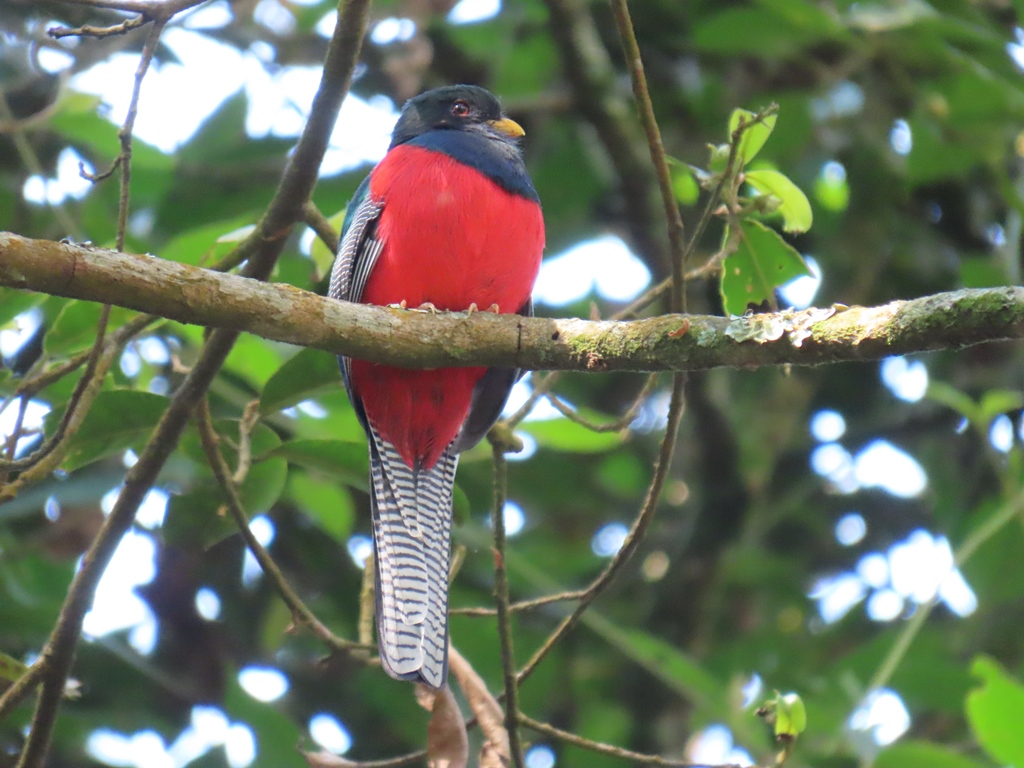 Nyungwe Forest National Park is Rwanda’s top birding destination. The park has about 300 recorded bird species of which 27 are the Albertine rift endemics. It is arguably the best destination for Albertine rift endemics in the region in addition to many forest specials. Also, the many forest trails make it an easy to bird destination.
Nyungwe Forest National Park is Rwanda’s top birding destination. The park has about 300 recorded bird species of which 27 are the Albertine rift endemics. It is arguably the best destination for Albertine rift endemics in the region in addition to many forest specials. Also, the many forest trails make it an easy to bird destination.
How to get to Nyungwe National Park
By road
The distance from Kigali to Nyungwe National Park is about 225km, and the drive time is about 5 hours. The road is paved all the way to the park. The road winds through the highlands and there are some sharp turns.
The main route is; Kigali – Muhanga – Nyanza – Huye – Nyamagabe – Nyungwe (Uwinka visitor’s center)
The alternative route is; Kigali – Muhanga – Kibuye – Nyungwe (Gisakura)
By air
One can take a flight from Kigali International Airport to Kamembe Airport in Cyangugu which is about 30 minutes drive to Nyungwe. Flights to Kamembe are organized by the flying company Akagera Aviation
Where to stay in Nyungwe National Park
Budget: EAR Guesthouse, Gisakura Guesthouse, Peace Guesthouse (this is situated in Cyangugu on Lake Kivu)
Midrange: Nyungwe Top View Hill Lodge, Emeraude Kivu Resort (this is situated in Cyangugu on Lake Kivu)
Luxury: One&Only Nyungwe House
Book a trip to Nyungwe National Park
